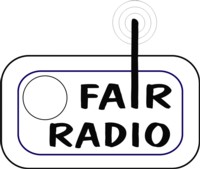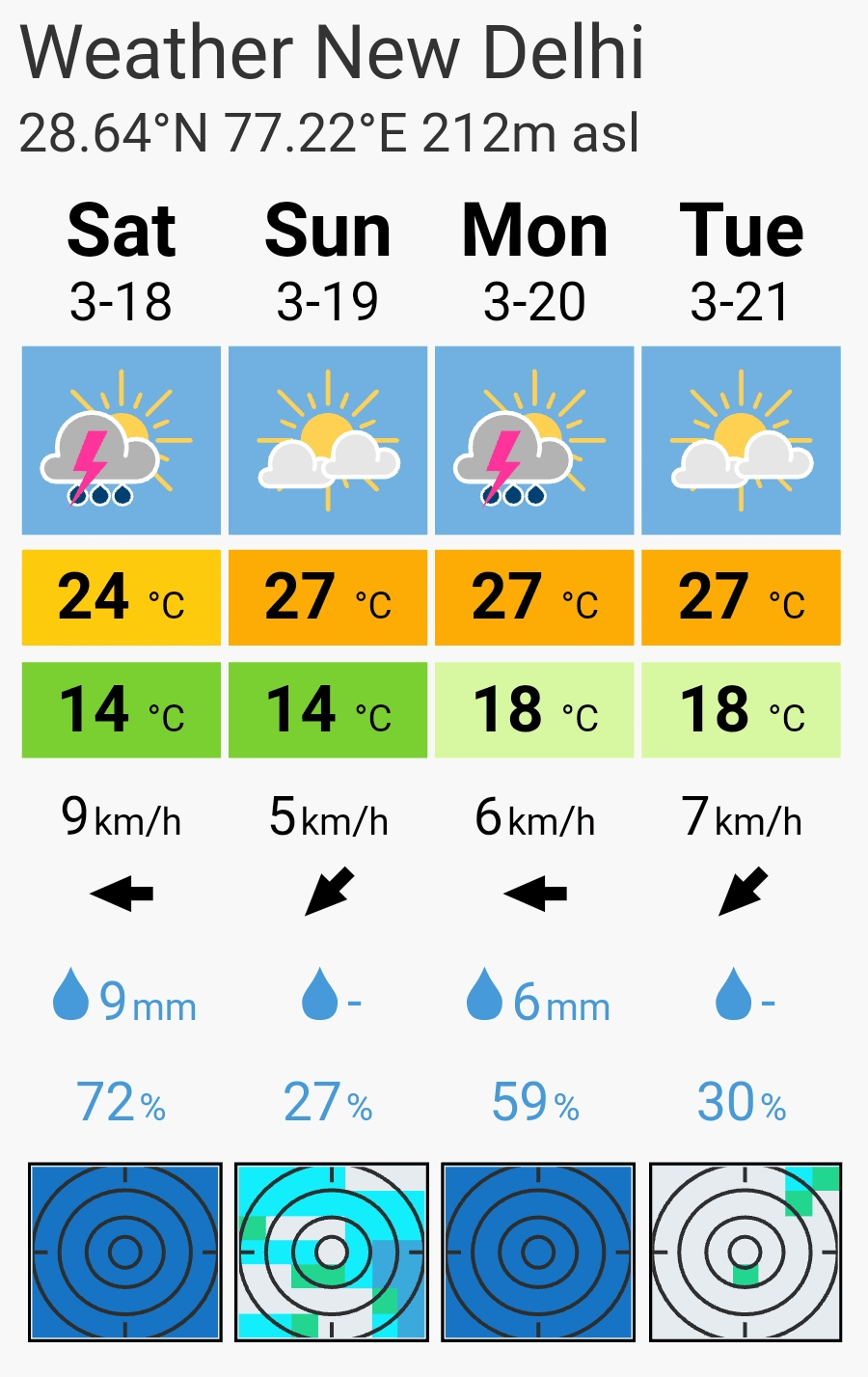R A G A M A L A (part 1 & 2)
poetry – picture – music … the spoken image of raga paintings.
Beside extraordinary music compositions of North Indian Classic (Hindustani) and South Indian music (Carnatic) the art work on the sub continent is documented by impressive palaces and monumental painting e.g. the frescos from the cave temples of Ajanta, dated back to the 2nd till 1st century. A unique painting art had been developed, too. The hand writing illumination and the Indian miniature paintings, the so called >raga mala-s< were established correlating with the Indian music and corresponding with the raga form directly.
dates of broadcasting:
Monday, 26th September 2011 (part 1) – 10:00 p.m. (METZ) @ Radio RaSA (CH)
Monday, 10th October 2011 (part 2) – 10:00 p.m. (METZ) @ Radio RaSA (CH)
(premiere: 6th March & 3rd April 2007 (part 1&2) @Tide 96.0 FM)
broadcasting plan | streaming (Internet Radio & Mobile Radio) | podCast
Many hundred of years before the >raga mala-s< each raga got its counterpart by a ragini, the female form of a raga, basically male and a form of psyche (rupa). Rupa manifestates itself in two different profiles. By the music scientists of India they have been differentiated as nadamaya-rupa, the pure sound structure of melodies and devatamaya-rupa, the hidden prototype of the devine wisdom. The Indian miniature paintings belong to the second category. They shall awake in the viewers mind and his imagination a kind of „harmony, corresponding with the picture motives. Painted ragas work similar as a Yantra to realise a spiritual status, comparable with the results of Yoga exercises.
|
||||||||||||||
In its origin meaning the painting art of miniatures have a religious character. The performance get an illustration of handwritings, less to express the enjoy of art than more to aquire religious earnings.
The music inspired Indian miniature paintings are unique, a complex form of art, nowhere else in any art form of the world to be met. They had their bloom time around the regency of Akbar, one of four rulers of the Moghul time beside Jehangir, Shah Jehan and Aurangzeb, who all have been very important for India. The Mughul style of the raga mala-s is dated between 1556 and 1605.
The period of this kind of painting ended in 1658. Future generations owe to the miniature painting a demonstration with all details of the religious, spiritual and materialistic cultures of that time. Very late the meaning of the illustrations as a music inspired painting has been understood very late. The manuscript of Kalpasutra (Jinacaritra) became public in 1956. It is dated to the end of the 15th century.
The IMC broadcasting show „RAGAMALA … poetry – painting – music … the spoken image of raga paintings is referring to the Western painting style. The Eastern one expired in India when the Bhuddism was destroyed by the Islamic conquest of North India in the 13th century … and survived only in some few schools for painting in Nepal and Tibet.
Whats the interesting aspect of these little formats nowadays ? – As a first impression of Indian miniature paintings, most viewer from Western world experience the raga mala-s with a kind of strangeness. The beauty is locked at first sight by a specific code. For the modern man of the 21st century raga mala-s are fascinating by their shining colours, presented strictly seperated from each other. Red, blue, white, green and black occur mainly.

















